Legación Rusa de Corea (서울 구 러시아공사관)
7.9Km 2022-03-04
Jeongdong-gil 21-18, Jung-gu, Seúl
Daepyeong Galbi (대평갈비)
7.9Km 2021-03-27
83, Pyeongchangmunhwa-ro, Jongno-gu, Seoul
+82-2-395-5288
With a large hall, it is a good place for group gatherings and group dinners. This Korean dishes restaurant is located in Jongno-gu, Seoul. The representative menu is grilled jumbo sized beef ribs/grilled jumbo sized spareribs.
Museo de Arte Sungkok (성곡미술관)
7.9Km 2021-02-03
Gyeonghuigung-gil 42, Jongno-gu, Seúl.
+82-2-737-7650
El museo fue inaugurado en el año 1995 en homenaje al maestro Kim Sung-kok, fundador de la compañía Ssangyong. Es una institución pública, cuya finalidad es estructurar el servicio de bienestar social por medio del arte y la cultura. La exposición está enfocada a las obras artísticas que interpretan y reflejan la tradición, las costumbres y el color folclórico de Corea, en un entorno moderno. Más allá de las exhibiciones, también apoya a los nuevos artistas, por medio de proyectos como el “Concurso Artístico de Sungkok”, y el “Artista del Futuro”. Está compuesto por el edificio principal, el edificio anexo y un parque de esculturas. También dispone de una cafetería y una tienda de artículos artísticos.
NUHADANG [Korea Quality] / 누하당 [한국관광 품질인증]
7.9Km 2020-09-10
49-7, Pirundae-ro, Jongno-gu, Seoul
010-9692-1330
Guesthouse Nuha is a ‘hanok’ or traditional Korean house consisting of four guestrooms located in Nuha-dong, Seochon (west of Gyeongbokgung Palace, Jongno, Seoul) where many Confucian scholars and artists lived during the Joseon Dynasty.
Exuding a refined atmosphere, Guesthouse Nuha is very popular among not only domestic visitors but also foreign tourists who want to experience the flavor of Korea in a cozy hanok. All four guestrooms (An-bang, Sarang-bang, Geul-bang, and Byeol-dang) are covered with eco-friendly hanji (traditional Korean paper handmade from mulberry tree) wallpaper, and are equipped with a thick cotton-wool comforter and pillows imbued with the scent of Hinoki cypress tree to help guests relieve their fatigue.
Breakfast is served free of charge. Guests can also experience traditional Korean culture here, such as playing a Korean musical instrument (janggu or double-headed drum), playing a game of yut in the yard, or wearing hanbok (traditional Korean clothes). Although a local bus service passes through the village, it is highly recommended to take a quiet leisurely around the area.
Museo de Historia de Seúl (서울역사박물관)
7.9Km 2023-08-11
Saemunan-ro 55, Jongno-gu, Seúl
El Museo de Historia de Seúl refleja en forma ordenada la historia y cultura de la capital de Corea. Aquí podrá conocer y aprender sobre Seúl e incrementar su capacidad de entendimiento acerca de ella. En este museo observará los vestigios históricos y culturales de Seúl, desde la era prehistórica a los días modernos. Muchas de las reliquias de la dinastía Joseon fueron donadas durante la Campaña de Donación de Reliquias. La cantidad de tesoros históricos que se expone aumenta día a día.
En mayo de 2002 el museo fue renovado, 17 años después de su apertura, por lo que ostenta unas instalaciones de lo más modernas. Si lleva equipaje pesado, solicite que se lo guarden en el guardarropa que se encuentra en la planta baja y diríjase al tercer piso, en donde se encuentran las salas principales de exposición. Allí podrá ver el paisaje de lo que era Seúl durante la dinastía Joseon, como así también el ambiente de la vida cotidiana de la gente de esta ciudad. También podrá observar las piezas en exposición en el museo cibernético por Internet. En el primer piso se encuentran la mayoría de las instalaciones de comodidad, la sala de cuidado de niños, una tienda comercial, una tienda de suvenires, asientos para descansar, etc.
SJ Kunsthalle (SJ쿤스트할레)
7.9Km 2021-12-27
Eonju-ro 148-gil 5, Gangnam-gu, Seúl.
+82-10-2014-9722
Situado en el centro de Gangnam, Seúl, SJ Kunsthalle es un lugar único basado en el movimiento sub-cultural alemán (Kunsthalle significa "Sala de Arte" en alemán). SJ Kunsthalle y sus tres plantas están hechas de 28 contenedores. La estructura del edificio cambia según el tipo de evento que se celebra. Ofrece una variedad de eventos culturales y programas con colaboraciones de artistas de todo el mundo, desde pintura, estilos de moda y diseño; también dispone de un bar y un restaurante. La sala de la primera planta muestra los trabajos de artistas jóvenes. El bar y el restaurante están abiertos de lunes a sábado de 11:00 hasta medianoche, donde puede tomar un café, bebidas, cerveza y comida alemana. Cada jueves y viernes noche, SJ Kunsthalle se convierte en una discoteca con Dj's locales; y el primer sábado de cada mes el espacio alberga un mercado.
Puerta Sungnyemun (Puerta Namdaemun) (숭례문)
7.9Km 2025-05-23
Sejong-daero 40, Jung-gu, Seúl
La puerta Namdaemun, cuyo nombre oficial es Sungnyemun, es un Tesoro Nacional de Corea. Tiene una entrada con forma de arco en el centro de una plataforma levantada de piedras. Sobre la misma, se elevan los pilares y el techo dividiendo al portal en nivel superior e inferior. En los laterales Este y Oeste, tiene abiertas puertas para entrar y salir.
El césped verde que rodea a la plataforma muestra las huellas de una antigua fortaleza. Cuando el monarca fundador de la dinastía Joseon, Lee Seong-Gye (que reinó de 1335 a 1408), hizo construir la ciudad capital, creía que en caso de incendio, el fuego alcanzaría el palacio Gyeongbokgung como así también el interior de la capital porque el monte Gwanaksan de Seúl tiene la figura del fuego de acuerdo a los principios de geománticos del “feng-shui”. Por ello, el letrero de la puerta Sungnyemun fue escrito en sentido vertical para proteger a la ciudad del incendio, porque los caracteres chinos escritos en forma horizontal se semejan a la imagen del fuego. La ideografía del letrero de Sungnyemun es solemne, elegante y llena de fuerza, pero a la vez, prolija.
La ideografía es famosa por ser de puño y letra del príncipe Yangnyeongdaegun (que reinó de 1394 a 1462), el primogénito de Taejong (1367-1422) de la dinastía Joseon. Por las noches, las luces de las lámparas de mercurio ubicadas debajo de la puerta añaden más belleza a su estética natural.
Imperial Palace Boutique Hotel (임피리얼 팰리스 부티크 호텔)
7.9Km 2021-03-09
221, Itaewon-ro, Yongsan-gu, Seoul
Situated in the heart of Itaewon, an international shopping district in Seoul, Imperial Palace Boutique Hotel has the perfect location for business and leisure travelers. The guestrooms are decorated with pop-art paintings to give a more comfortable and trendy ambience. The hotel also provides a conference room, gym, dining options, and more.
Jaembaeok (잼배옥)
7.9Km 2021-03-30
68-9, Sejong-daero 9-gil, Jung-gu, Seoul
+82-2-755-8106
It has over 80 years of tradition. This Korean dishes restaurant is located in Jung-gu, Seoul. The representative menu is ox bone soup.
Ilpum Garden (일품가든)
7.9Km 2021-03-30
109-10, Seosomun-ro, Jung-gu, Seoul
+82-2-3789-7295
This is a restaurant where you can taste both shabu-shabu (sliced meat and vegetables boiled in water) and roasted meat. This Korean dishes restaurant is located in Jung-gu, Seoul. The representative menu is shabu-shabu.
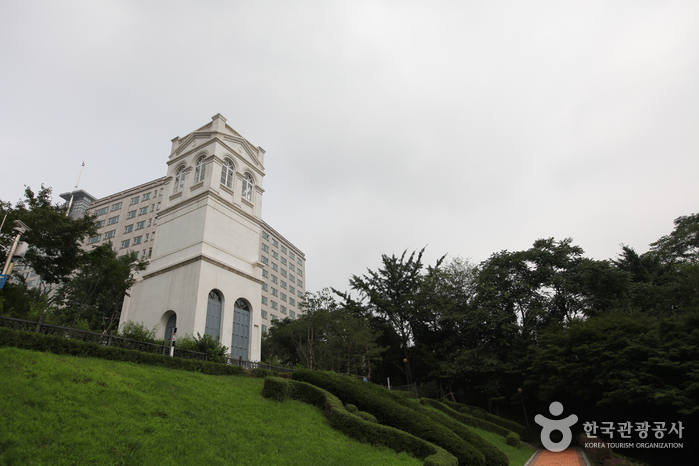
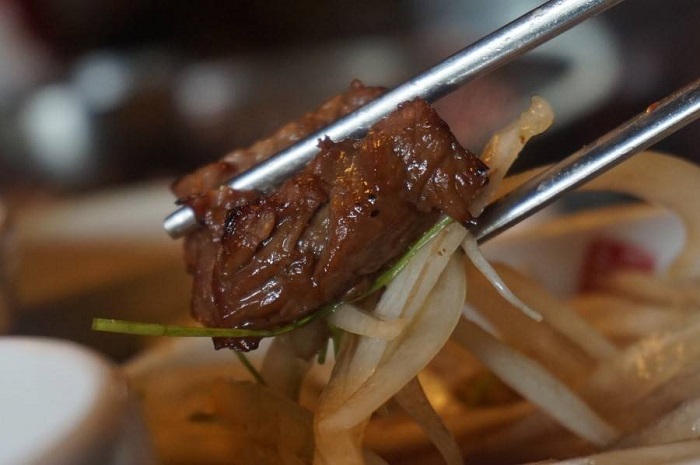
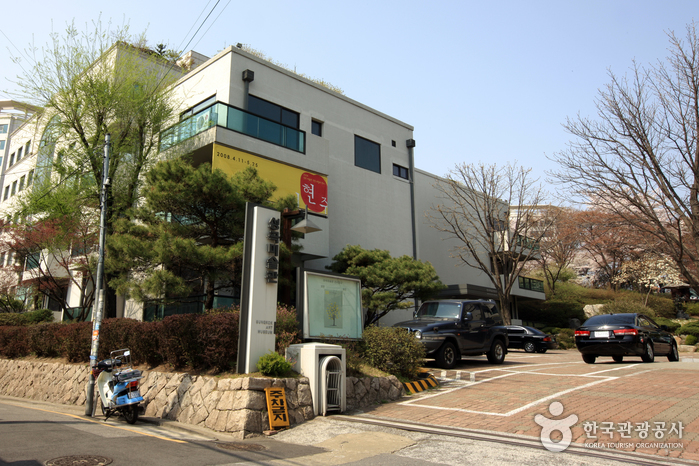
![NUHADANG [Korea Quality] / 누하당 [한국관광 품질인증]](http://tong.visitkorea.or.kr/cms/resource/58/2532358_image2_1.jpg)

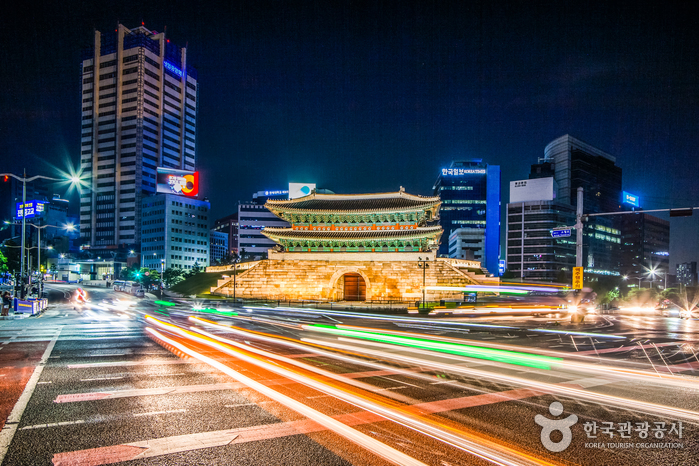
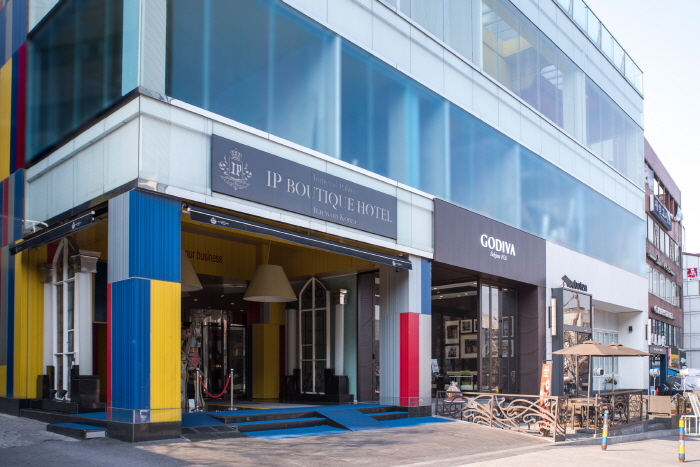
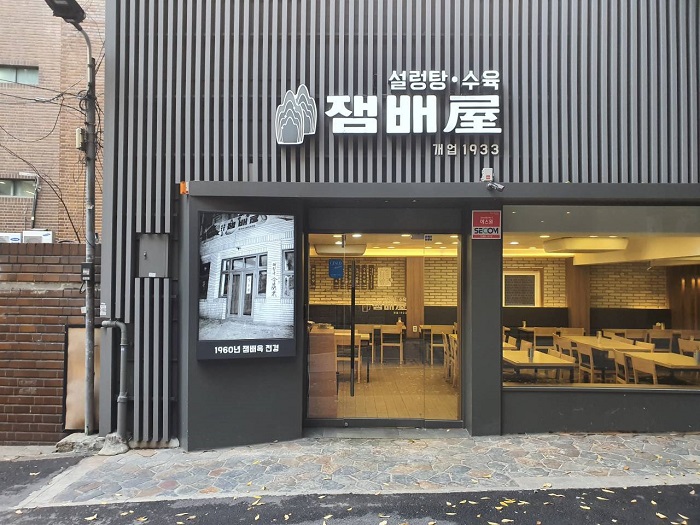
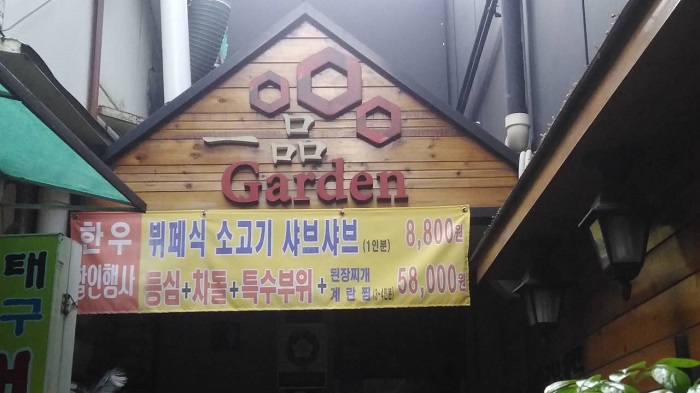
 Español
Español
 한국어
한국어 English
English 日本語
日本語 中文(简体)
中文(简体) Deutsch
Deutsch Français
Français Русский
Русский